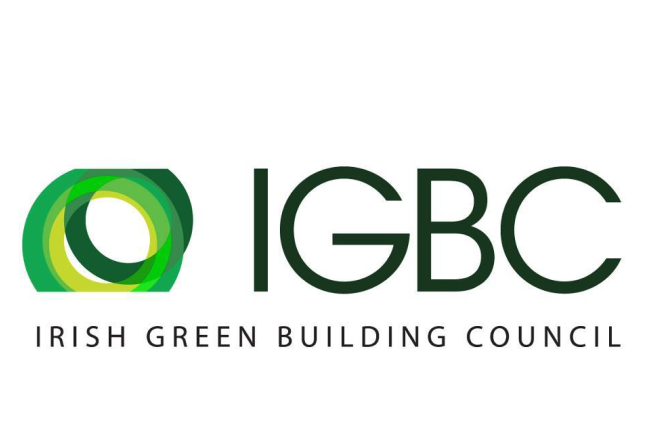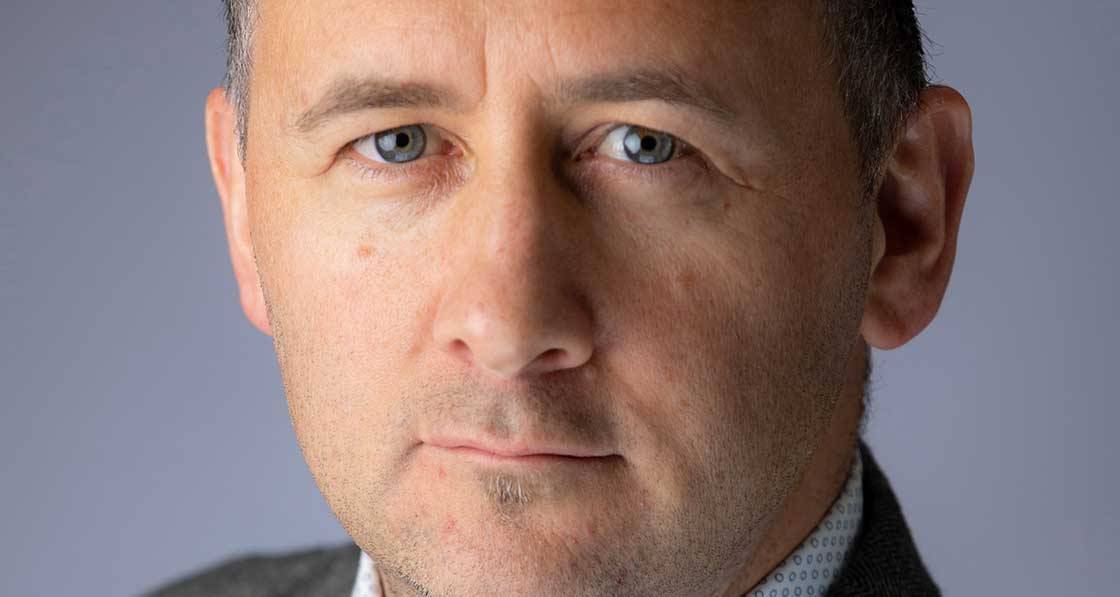
- General
- Posted
#BuildingLife: Addressing the environmental impacts of buildings across their life cycle
In the first of our new #BuildingLife ambassador spotlight series, Passive House Plus is profiling leaders who have endorsed the Irish Green Building Council’s call to address the environmental impacts of buildings across their life cycle, starting with Francis-Noel Duffy TD for Dublin South West and Green Party’s spokesperson on housing.
This article was originally published in issue 37 of Passive House Plus magazine. Want immediate access to all back issues and exclusive extra content? Click here to subscribe for as little as €10, or click here to receive the next issue free of charge
PH+: Why did you choose to become a #BuildingLife ambassador?
FND: I am an architect by background, and I started thinking about the importance of addressing whole life carbon when I worked in Dublin School of Architecture. I wanted to talk about “zero carbon” buildings and realised that the decarbonisation of the grid, alongside energy efficiency, would allow us to significantly reduce operational carbon emissions, but that embodied emissions were the elephant in the room. I started researching Irish timber and why we do not use it more in construction.
My journey of investigating timber's sustainable properties brought me to seeing a bigger picture, that is the full spectrum of materials in a construction project. Where they come from, how they are processed, manufactured, transported, live their life and finally go to their resting place or better, start a new life. Since that moment, addressing the environmental impact of buildings across their whole life cycle has become a hobby horse of mine. So, when I was asked to become a #BuildingLife ambassador, I felt privileged and I didn’t hesitate a minute.
PH+: Can you explain how you and the Green Party are working towards a sustainable built environment?
FND: Significant progress has been made on energy efficiency and we have set ambitious retrofit targets. Half a million homes must be retrofitted to a BER B2, including all homes in state ownership. Various funding schemes are being considered to further assist the private housing stock, with the biggest potential problem being in the private rental sector. It won’t be easy, but it’s critical to reach our climate targets and improve people’s quality of life.
#BuildingLife focuses not only on the operational emissions of buildings, but also on the environmental impact of the manufacturing, transportation, construction, and end-of-life phases of built assets. Based on recent studies, it can be estimated that new apartments in Ireland carry embodied carbon numbers in the region of 900 kg/sqm (This is like a G in the BER rating system).
We need to focus the mind of policymakers on this issue and with others, that’s something I want to get addressed through building regulations. But legislation is not enough. We need to raise awareness and educate the industry. Exemplar projects are needed to show how it can be done and the state has a role to play there. For instance, meeting specific embodied carbon targets could be mandated through state procurement. For practitioners reading this magazine the London Energy Transformation Initiative is an excellent manual that sets out in detail how to reduce embodied carbon.
#BuildingLife
#BuildingLife is a project led in Ireland by the Irish Green Building Council. The initiative aims to achieve the mix of private sector action and public policy necessary to tackle the whole-life impact of buildings. Learn more at www.igbc.ie.
Related items
-
 #BuildingLife Series: Director at CORA Consulting Engineers, John Casey
#BuildingLife Series: Director at CORA Consulting Engineers, John Casey -
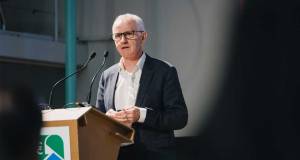 Green homes and finance join forces for growth
Green homes and finance join forces for growth -
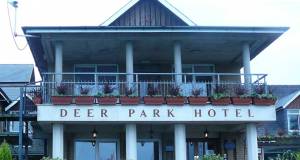 Hotel demolition judicial review could set embodied carbon precedent
Hotel demolition judicial review could set embodied carbon precedent -
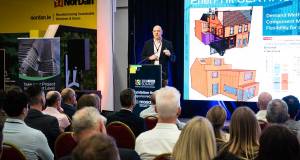 ZEB Summit celebrates Irish passive progress
ZEB Summit celebrates Irish passive progress -
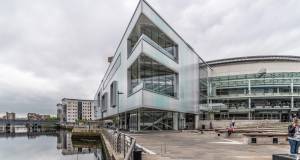 Irish and British associations unite for conference as passive house explodes
Irish and British associations unite for conference as passive house explodes -
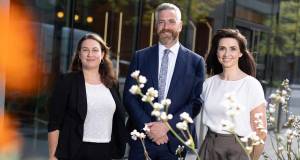 IGBC launches case studies to drive nature-led construction
IGBC launches case studies to drive nature-led construction


